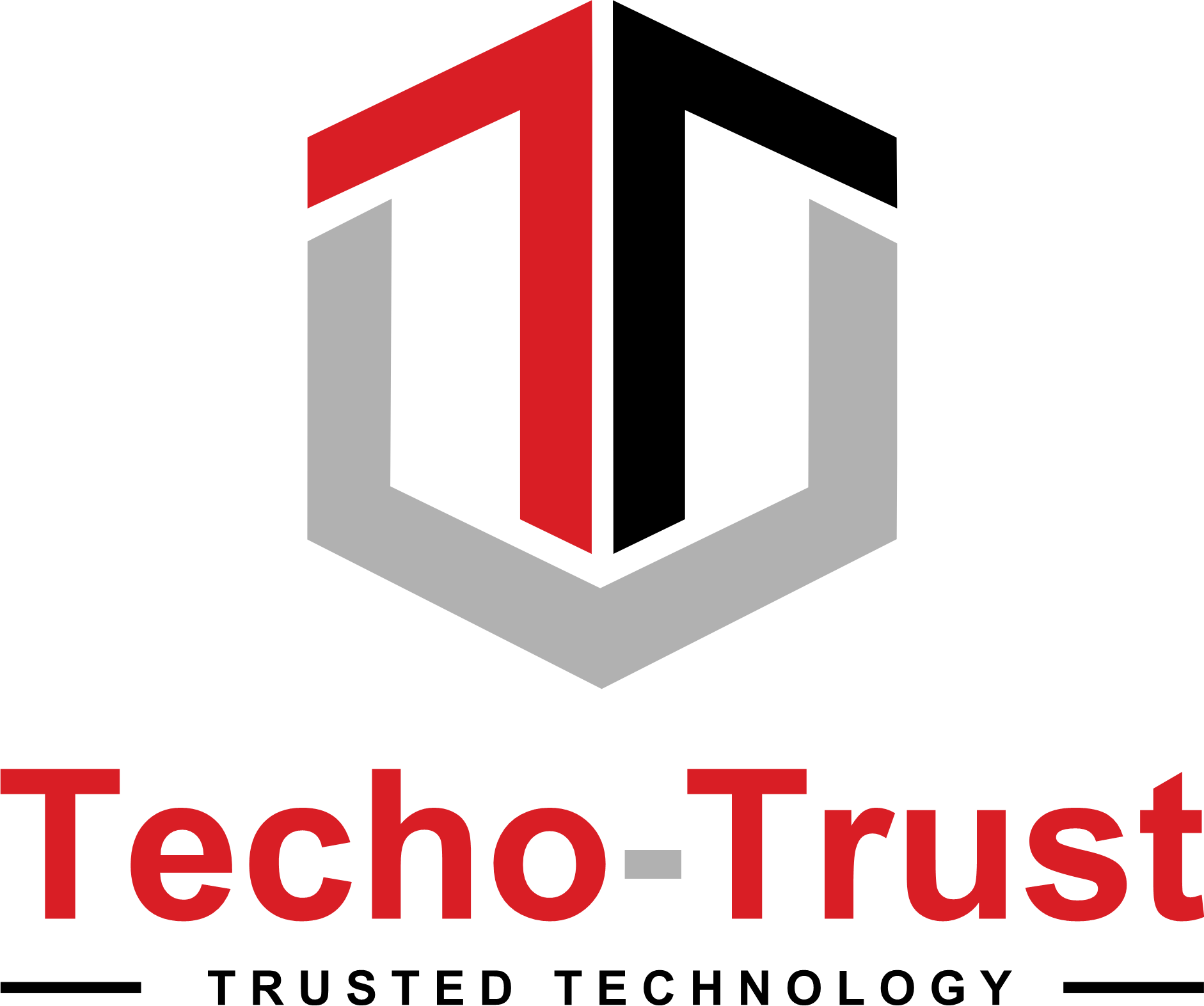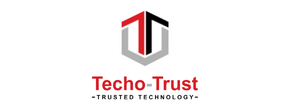A current asset is an item on an entity’s balance sheet that is either cash, a cash equivalent, or which can be converted into cash within one year. If an organization has an operating cycle lasting more than one year, an asset is still classified as current as long https://www.kelleysbookkeeping.com/the-contribution-margin-income-statement/ as it is converted into cash within the operating cycle. Current assets are those assets that can be converted into cash within one year. Fixed or noncurrent assets, on the other hand, are those assets that are not expected to be converted into cash within one year.
With its current assets of $1,000,000 and current liabilities of $700,000, its current ratio would be 1.43. Current assets play a big role in determining some of these ratios, such as the current ratio, cash ratio, and quick ratio. Inventory items are considered current assets when a business plans to sell them for profit within twelve months. Current assets include, but are not limited to, cash, cash equivalents, accounts receivable, and inventory.
Current asset definition
Noncurrent assets are not depreciated to represent a new or replacement value but simply to allocate the asset’s cost over time. For information pertaining to the registration status of 11 Financial, please contact the state securities regulators for those states in which 11 Financial maintains a registration filing. A low cash ratio is not necessarily bad because there might be situations that skew the balance sheets of a company.
They are required for the long-term needs of a business and include things like land and heavy equipment. Current assets are cash or cash equivalents, inventory, marketable securities, or any other asset that can be converted to cash within one year. Current assets let businesses pay their short-term debts and liabilities and fund day-to-day operations. If current assets are those which can be converted to cash within one year, non-current assets are those which cannot be converted within one year. On a balance sheet, you might find some of the same asset accounts under Current Assets and Non-Current Assets.
- Positive working capital shows that the company has enough current assets to pay off its current liabilities.
- Accounts receivable consist of the expected payments from customers to be collected within one year.
- Noncurrent assets include a variety of assets, such as fixed assets, intellectual property, and other intangibles.
- It is also possible that some receivables are not expected to be collected on.
However, not all inventory counts as a current asset; any inventory you think you’ll be holding onto for more than a year should be considered a non-current asset and listed as such. Thus, unless deemed to be impaired, the long-term asset’s recorded value remains unchanged on the balance sheet even if the current market value is different from the initial purchase value. It is important for a company to maintain a certain level of inventory to run its business, but neither high nor low levels of inventory are desirable. Among other things, it can improve inventory management, negotiate better payment terms with suppliers, or establish a penalty for late payments. Since this may vary per company, details about these other liquid assets are generally provided in the notes to financial statements. Let’s dive into the meaning of current or “liquid” assets and their role in keeping a company’s finances flowing smoothly.
Get Any Financial Question Answered
Current Assets is an account where assets that can be converted into cash within one fiscal year or operating cycle are entered. Non-Current Assets is an account where assets that cannot be quickly converted into cash—often selling for less than the purchase price—are entered. By definition, assets in the Current Assets account are cash or can be quickly converted to cash.
Our popular accounting course is designed for those with no accounting background or those seeking a refresher. If demand shifts unexpectedly—which is more common in some industries than others—inventory can become backlogged. It is also possible that some receivables are not expected to be collected on.
Current Assets vs. Noncurrent Assets Example
This can include long credit terms with its suppliers or very little credit extended to its customers. It also covers all other forms of currency that can be easily withdrawn and turned into physical cash. Get free ecommerce tips, inspiration, and resources delivered directly to your inbox. Start your free trial with Shopify today—then use these resources to guide you through every step of the process. Get instant access to video lessons taught by experienced investment bankers. Learn financial statement modeling, DCF, M&A, LBO, Comps and Excel shortcuts.
Investors can gain a number of insights into a company’s financial strength and future prospects by analyzing its near-term, liquid assets. The balance sheet, one of the core three what is inventory financial statements, is a periodic snapshot of a company’s financial position. Noncurrent assets are depreciated to spread their costs over the time they are expected to be used.
This type of liquidity-related analysis can involve the use of several ratios, include the cash ratio, current ratio, and quick ratio. The key components of current assets are cash and cash equivalents, marketable securities, accounts receivable, inventory, prepaid expenses, and other liquid assets. Assets that fall under current assets on a balance sheet are cash, cash equivalents, inventory, accounts receivable, marketable securities, prepaid expenses, and other liquid assets. Non-current assets, or “long-term assets”, cannot reasonably be expected to be converted into cash within one year. Long-term assets are comprised of fixed assets, such as the company’s land, factories, and buildings, as well as long-term investments and intangible assets such as goodwill. Current assets indicate a company’s ability to pay its short-term obligations.
Financial Ratios That Use Current Assets
Report these on your company’s income statement over the period the payment covers. One important rule to note when accounting for long-term assets is that they appear on the balance sheet at their market value on the date of purchase. Current assets are any asset a company can convert to cash within a short time, usually one year. These assets are listed in the Current Assets account on a publicly traded company’s balance sheet. On the other hand, it would not be able to sell its factory within a few days to obtain cash as that process would take much longer. Within this section, line items are arranged based on their liquidity or how easily and quickly they can be converted into cash.
For example, if shares of a company trade in very low volumes, it may not be possible to convert them to cash without impacting their market value. These shares would not be considered liquid and, therefore, would not have their value entered into the Current Assets account. It excludes noncurrent assets such as property, plant, and equipment, intangible assets, and goodwill. Current assets are assets that can be quickly converted into cash within one year.
This applies to cryptocurrency, for example, and other more standard marketable securities and short-term investments that are easy to sell. This section is important for investors because it shows the company’s short-term liquidity. According to Apple’s balance sheet, it had $135 million in the Current Assets account it could convert to cash within one year. This short-term liquidity is vital—if Apple were to experience issues paying its short-term obligations, it could liquidate these assets to help cover these debts. Current Assets is always the first account listed in a company’s balance sheet under the Assets section. For example, Apple, Inc. lists several sub-accounts under Current Assets that combine to make up total current assets, which is the value of all Current Assets sub-accounts.
Supplies are tricky because they’re only considered current assets until they’re used, at which point they become an expense. If your company has a stock of unused supplies, list them under current assets on your balance sheet. Inventory—which represents raw materials, components, and finished products—is included in the Current Assets account. However, different accounting methods can adjust inventory; at times, it may not be as liquid as other qualified current assets depending on the product and the industry sector. Marketable Securities is the account where the total value of liquid investments that can be quickly converted to cash without reducing their market value is entered.











